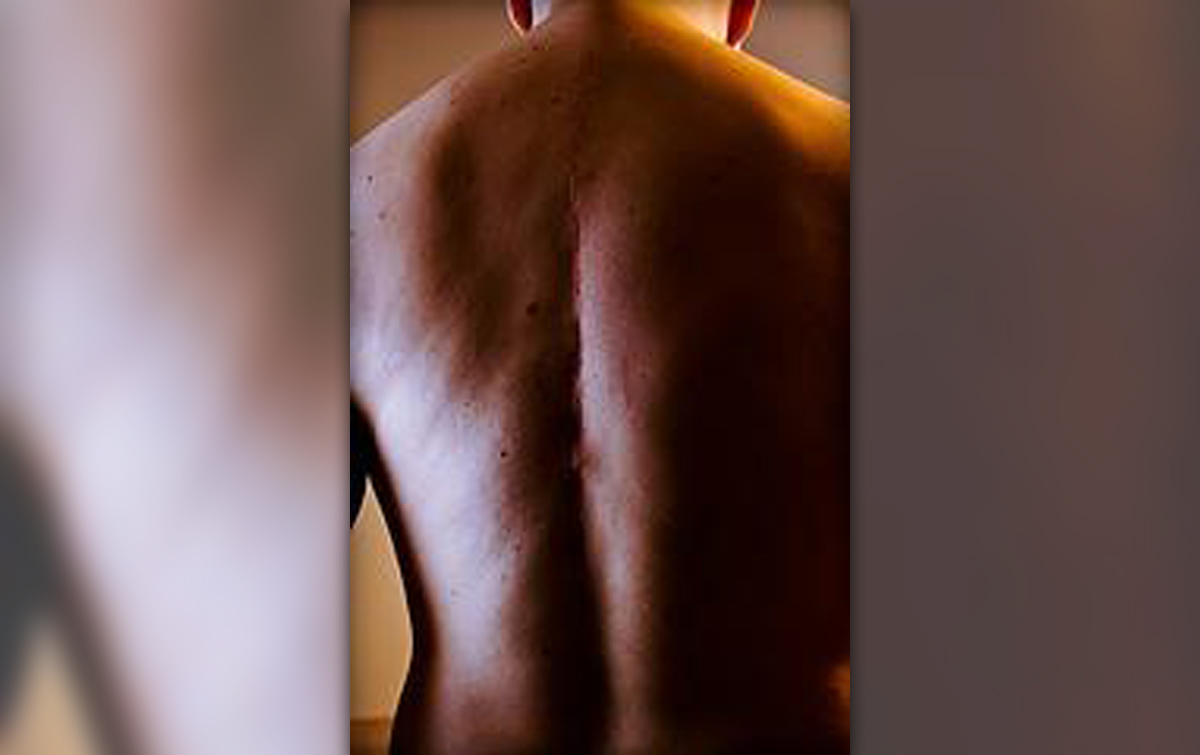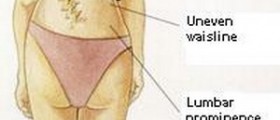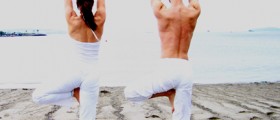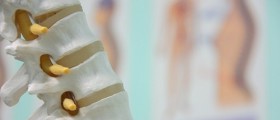
The skeletal system has an important role in the body, to provide the structure that allows us to take different poses. Without the skeletal system, the body would be wobbly and shapeless. We are able to stand upright with the help of the backbone, also called the spine. The vertebral column (spinal column) consists of 33 bones, called vertebrae.
Normally, the spine slightly curves in and out from the neck to the lower back. This is necessary in order to provide the stability to the body. However, the spine can sometimes be abnormally curved such as in case of the spine disorder called scoliosis.
There are several treatment approaches for scoliosis but if the disorder is severe the affected person must be treated surgically. The scoliosis surgery involves different techniques which will be discussed in detail in this article.
What Is Scoliosis?
The vertebral column can be affected by numerous disorders. Some disorders of the spine can be a result of an injury while in some individuals spine disorders are birth defects.
Scoliosis is a disorder of the spine marked by abnormal curvature of the spine. In scoliosis, the spine is curved from side to side giving the spine an "S" or a "C" form. Scoliosis usually occurs due to an unknown cause (idiopathic) and sometimes it is a congenital defect caused by underdeveloped vertebrae.
Scoliosis can be seen at any age but it is most often diagnosed in children aged between the ages of 10 and 15. This spine disorder is about two times more common in girls than boys.
Scoliosis Surgery Overview
Scoliosis requires early diagnosis and treatment as it may worsen with time. The disorder can also be accompanied by pain. A mild curvature of the spine that is from 25 to 49 degrees can be successfully treated with bracing. On the other hand, if the curve is greater than 50 degrees the disorder can only be treated with corrective scoliosis surgery.
Before deciding about the appropriate scoliosis surgery technique, a surgeon must determine the severity of the curve and whether there is a possibility of the curve getting worse. This can be done with the help of diagnostic tests such as X-ray scan that can reveal physical abnormalities such as protruding hip bone, asymmetry of the shoulders, prominent ribs etc.
Severe curvature of the spine that continues to progress can be corrected with orthopedic surgery, also called posterior surgery. This operation lasts about six hours. It is performed through an incisions on the back to allow the surgeon to implant rods and screws into the spine. The vertebrae of the spine to which the rods are attached fuse and holds correction in place. This procedure is known as posterior spinal fusion.
Another technique used in children involves the use of growing rods to correct the curvature. In this type of corrective surgery, two parallel rods that have adjustable mid section are fixed to the spine. These rods can be adjusted as the child grows.
Complications of Scoliosis Surgery
Scoliosis surgery is associated with several post-operative complications. For instance, the spinal fusion procedure can stunt the growth of the operated area of the spine. Scoliosis surgery can also result in chronic back pain due to fused vertebral column which restricts movement. Other complications of scoliosis surgery include nerve damage, disc degeneration, arthritis, bleeding, infection and allergic reaction to anesthetic.

















Your thoughts on this
Loading...